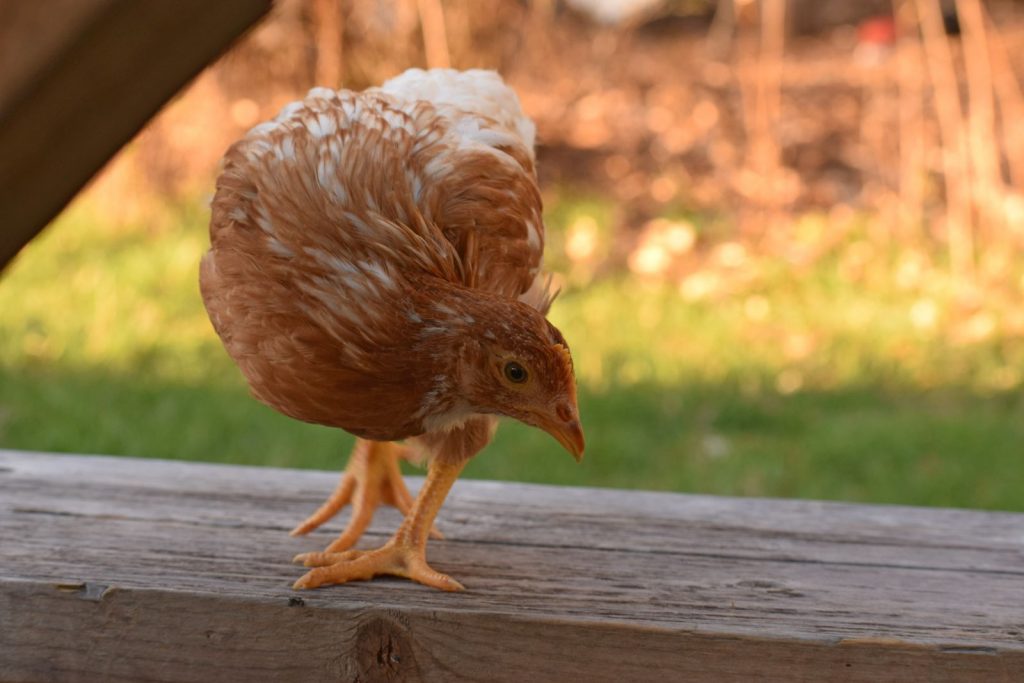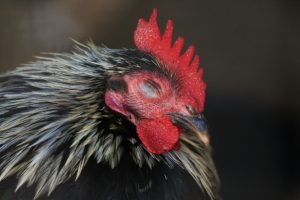Adding new chicks to an established flock brings fresh energy and ensures a steady supply of eggs for years to come. While chickens naturally form social groups, introducing newcomers requires patience and careful planning to ensure everyone stays healthy and settles in harmoniously.
Timing Matters: When to Introduce New Chicks
The success of introducing new chicks starts with timing. Young chickens need to be fully feathered and close in size to the existing flock before joining them. This typically means waiting until chicks are at least 8-10 weeks old, though smaller breeds might need a few extra weeks to reach an appropriate size.
Temperature plays a crucial role too. Spring and early summer offer ideal conditions for introductions, as the moderate weather reduces stress on both the chicks and the established flock. The longer daylight hours also encourage natural behaviors and help the flock adjust to their new dynamics.
Preparation: Setting Up for Success
Before bringing the newcomers near the main coop, create a transition space where the chicks can safely observe and interact with the existing flock. This space should be:
- Secure from predators and weather
- Within sight of the main coop but separated by sturdy fencing
- Large enough for the chicks to move comfortably
- Equipped with separate food, water, and shelter
This setup allows the established flock to become familiar with the newcomers while maintaining their own comfortable routine. The separation prevents any immediate confrontations while letting everyone adjust to the change at their own pace.
The Introduction Process: Step by Step
Start with visual introductions through fencing. This phase typically takes 1-2 weeks, during which the chickens can see and hear each other without direct contact. Watch how both groups react – curiosity and mild interest are normal, but excessive aggression from the existing flock might signal a need to slow down the process.
Next comes supervised mingling time. Choose a neutral area away from the main coop, as this reduces territorial behavior from the established flock. Start with short sessions of 15-20 minutes, gradually increasing the duration based on how well everyone gets along. Spread treats in different areas to prevent crowding and encourage positive associations with being together.
Some pecking and chasing should be expected – this helps establish the new pecking order. However, watch for signs of excessive aggression such as:
- Repeated attacks targeting the same chick
- Drawing blood
- Preventing access to food and water
- Cornering or ganging up on individuals
If these behaviors occur, separate the groups immediately and return to an earlier step in the process. Each flock has its own personality, and some might need more time to adjust than others.

Making the Move: Transitioning to the Main Coop
Once the supervised visits consistently go well, prepare for the permanent move to the main coop. The ideal time is just before dusk when chickens naturally settle down for the night. Make sure the coop offers:
- Enough roosting space for everyone (20-25 cm / 8-10 inches per chicken)
- Multiple feeding stations to prevent competition
- Several water sources spread throughout the space
- Dark corners or visual barriers where younger birds can retreat if needed
Place the newcomers on the roost after the flock has settled in. This peaceful nighttime introduction often results in a calmer morning dynamic. The existing flock tends to be more accepting when they wake up to find the newcomers already present.
Supporting the New Dynamic
The first few weeks after the integration require extra attention. Monitor your hens during key times such as feeding and roosting. Adding extra feeders and waterers (temporarily, or to match the expansion of your flock) can reduce competition and stress while the new social order develops.
Creating multiple activity zones in the coop and run helps prevent conflict. Set up areas for dust bathing, scratching, and lounging. This gives younger birds space to engage in natural behaviors while avoiding confrontation with more dominant flock members.
You could even add hiding places for the chicks such as an old tree branch or old PVC pipe – this gives them breathing room when the pecking and chasing becomes too much.
Troubleshooting Common Challenges
Sometimes introductions don’t go as smoothly as hoped. If the existing flock continues to be overly aggressive, try rearranging the coop layout to break up established territories. Adding branches, straw bales, or temporary dividers creates new spaces for everyone to explore, which can help reset behavioral patterns.
For particularly challenging situations, removing the most aggressive chicken for a day or two can help. Upon return, this bird will be more focused on re-establishing its own position than bothering the newcomers. This method should be used sparingly and only if other approaches haven’t worked.
Looking Ahead
Successful integration takes time – usually several weeks from start to finish. The exact timeline depends on factors like the size of your flock, individual personalities, and available space. Stay patient and attentive throughout the process, adjusting the pace based on how both groups respond.
With careful planning and monitoring, the new chicks will eventually become full-fledged members of the flock. Soon enough, the original pecking order will adjust to include the newcomers, creating a harmonious group that brings even more fun to your backyard.





0 Comments